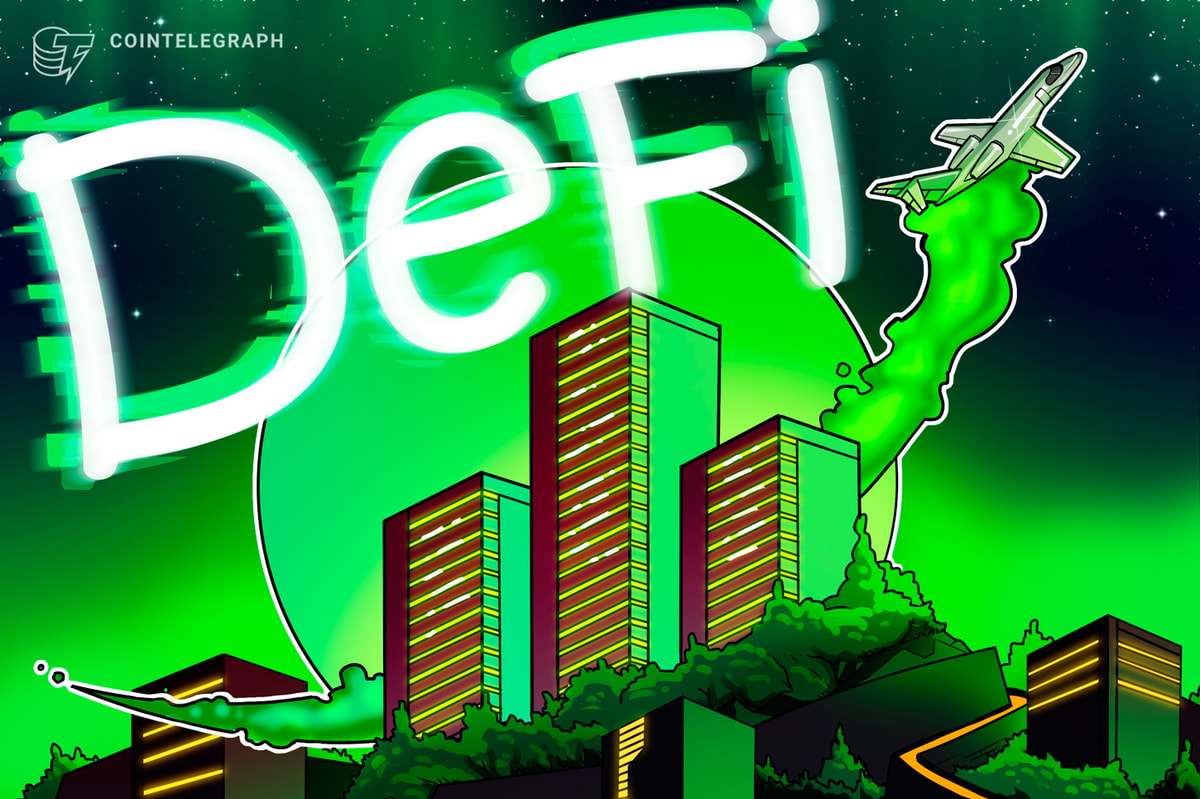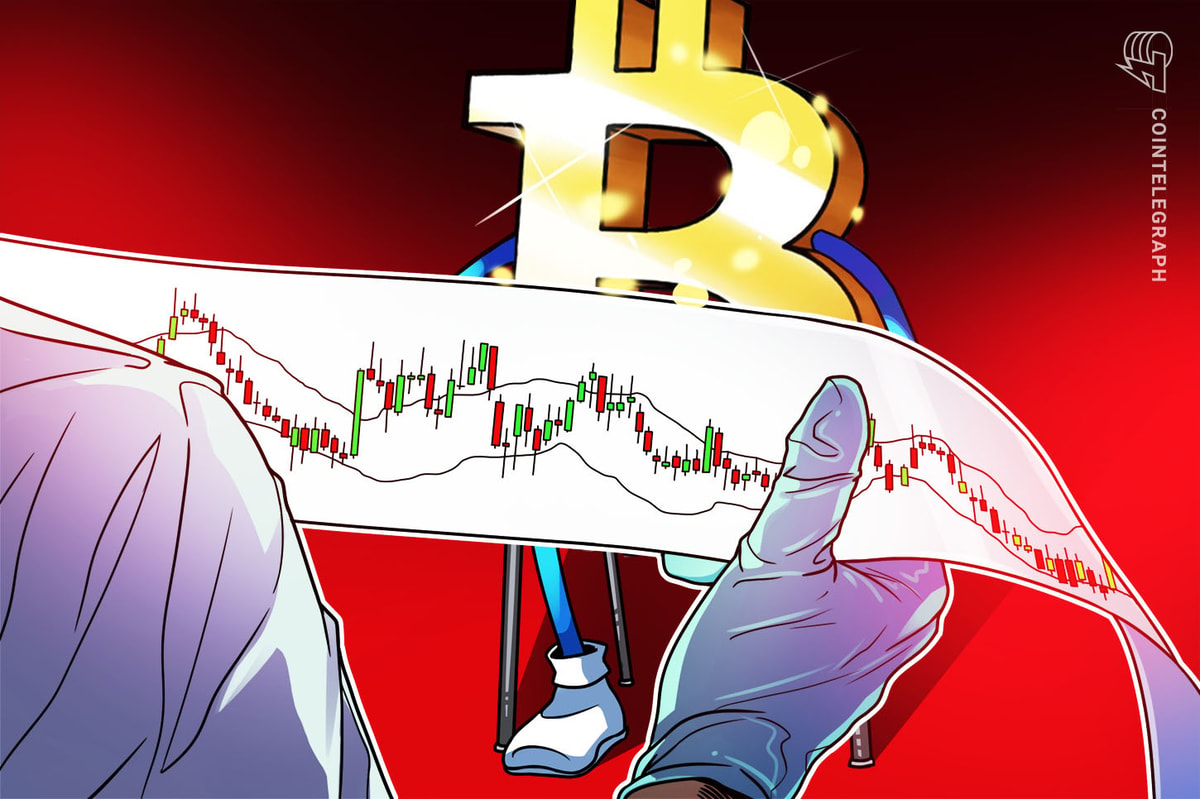BNB’s (BNB) price is turning down again after a six-day rally that saw it hit new record highs of $725 on June 6. BNB has since fallen to an intra-day low of $635. At the time of writing, the price was hovering around $643, down 5% over the last 24 hours, according to data from CoinMarketCap.

BNB’s performance has been bullish over the last month, with the layer-1 token soaring 10% over the last 30 days and 25% in June alone to reach $725 on June 6 — its highest value since November 2021. However, profit-booking on the latest rally has seen the price turn down with risks of further dips.
BNB Smart Chain seeing decreased activity
Despite overcoming the negative effects of regulatory challenges on its brand, Binance has managed to maintain its resilience. As a result, its BNB Smart Chain (BSC) has also seen a resurgence in activity.
Following BNB’s recent price surge, the blockchain experienced increased on-chain activity as more users engaged with the network, contributing to the growing momentum.
However, data from DefiLlama reveals a decreasing total value locked (TVL) on the network fueled by BNB’s 11% drop from all-time highs.

The chart above shows that BNB Chain’s TVL decreased by 6.8% between June 6 and June 10, suggesting that users and developers are interacting less with the network.
Although the BNB Chain remains a powerhouse among layer-1 blockchains, data from DappRaddar shows that its transaction volume has decreased by 21% over the last 30 days to 9.9 million.
Unique active wallets (UAW) is a metric DappRadar uses to express how many individual crypto wallet addresses interact with a blockchain’s smart contracts.

The figure above shows that BNB Chain trails Ethereum in total UAWs. More than 1.46 million UAWs have interacted with the protocol, a 14% decrease over the last 30 days. This is much lower than the 2.05 million UAWs on Ethereum and 3 million on Base.
Binance exchange experiencing reduced trading volumes
Binance crypto exchange appears to be losing market share as regulatory challenges in the United States and Nigeria continue to negatively impact its operations. After a wild legal ride in 2022 that ended with the former Binance CEO Changpeng Zhao being jailed and one of its executives being prosecuted in Nigeria, the exchange appears to be losing its trading volume market share.
Data from CCData shows that Binance’s market share fell by 17.3% to $1.68 trillion in May, dropping for the second consecutive month.

This is corroborated by data from CoinGecko showing that the daily trading volume on the Binance crypto exchange has decreased by more than 83% from $61.05 billion on March 15 to $10 billion on June 10.

Related: BNB, TON, FIL, and INJ can go much higher if Bitcoin price flips $69K
BNB invalidates ascending triangle’s market setup
From a technical standpoint, today’s losses in BNB signify the invalidation of the price’s breakout from an ascending triangle, triggered by profit-booking after hitting new all-time highs.
At the time of publication, BNB’s price was fighting a possible return within the confines of the ascending triangle as the horizontal line of the technical formation at $633 provided support.
If this support line breaks, the layer-1 token may drop toward the ascending trendline of the governing chart pattern at $600, down about 7.6% from the current price levels.

In addition, the sharp drop in BNB’s daily relative strength index (RSI) from its overbought area of 80 to the current value of 55 suggests the increasing likelihood of continued price correction in the near future.
This article does not contain investment advice or recommendations. Every investment and trading move involves risk, and readers should conduct their own research when making a decision.










